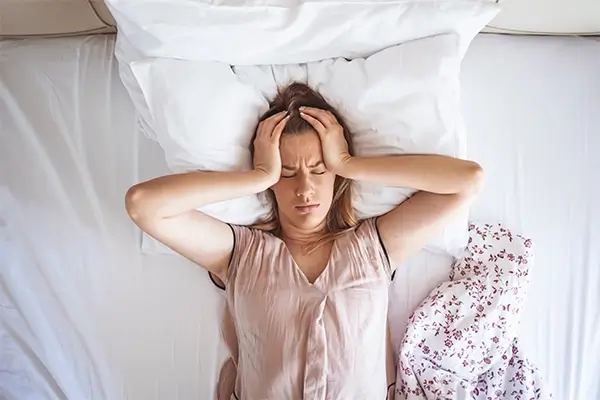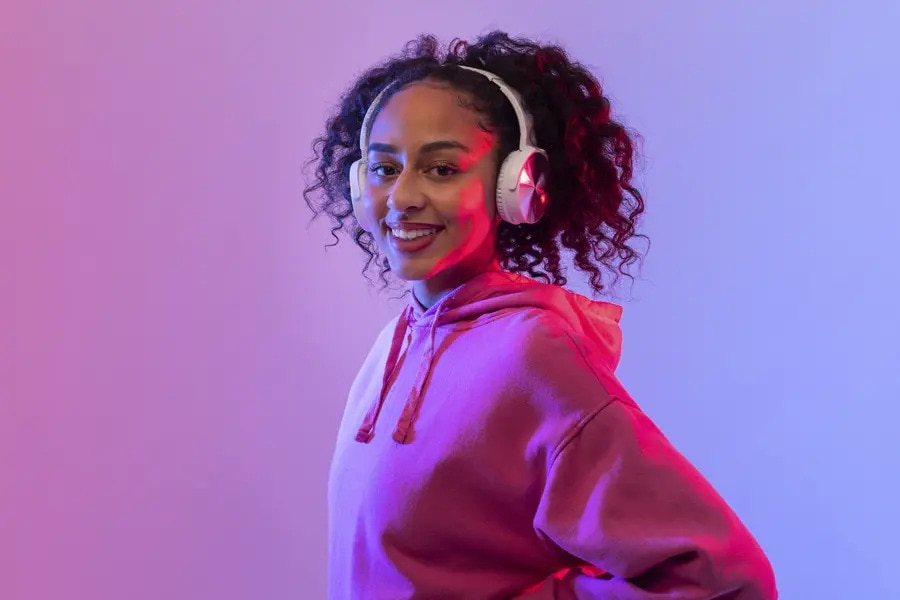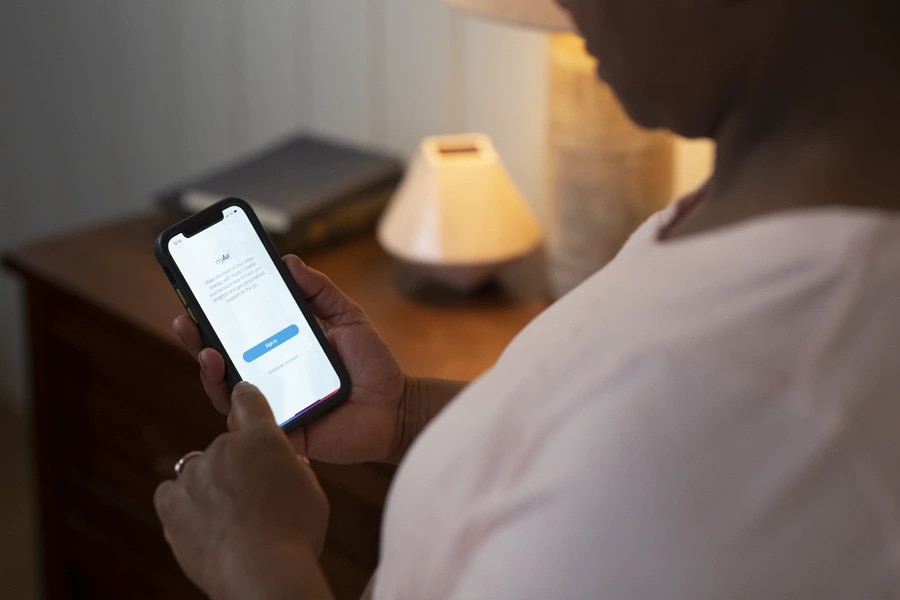How to diagnose sleep apnoea in women
Women tend to be diagnosed with sleep apnoea less often than men – with up to 90 per cent of women with moderate to severe OSA undiagnosed22. Even when women are diagnosed with OSA one study showed that, in the year after diagnosis, only 58.3 per cent of women with sleep apnoea were actually treated for their condition23.
Why might this be? The answer could that women’s typical OSA symptoms can be mistaken for other conditions. For example, difficulty sleeping, tiredness, morning headaches and insomnia can all be associated with depression, or put down to changes due to pregnancy or menopause – ironic as they are times in a woman’s life when sleep apnoea may be more likely!
The way that women report concerns about their sleep habits may also have a bearing. For example, compared to men, women may:
- use different words to men to describe their symptoms,
- feel embarrassed to admit they snore
- have a higher tolerance of sleepiness24
- attend healthcare appointments alone25 so their doctor doesn’t hear reports of snoring and other nighttime symptoms from a partner
All this means that if you’re a woman who’s struggling with sleep it’s really important to arm yourself with information: be aware of the symptoms and risks of OSA so you know when to speak to your healthcare provider – taking our sleep assessment is a good place to start (as is reading this article)!
Sleep apnoea tests
If you suspect you may have sleep apnoea, the next step is to visit your doctor to discuss your concerns. They will ask questions about your symptoms, so it might be a good idea to jot these down in advance so you don’t forget anything! If your doctor also suspects sleep apnoea, they will probably refer you to a sleep specialist at a sleep clinic, or arrange a home sleep test.
A visit to a sleep clinic will usually involve an overnight stay, where your sleep will be monitored via a variety of sensors. Similarly, an at-home test will involve monitoring your sleep overnight with a device that records information about your sleep, which your specialist will show you how to use.
The main thing these tests will try to determine is your Apnoea-Hypopnoea Index (AHI). This measures how many apnoeas you have per hour of sleep, and also whether you have any hypopnoeas, where breathing reduces by more than 30 per cent for 10 seconds or more, rather than stopping entirely26. Your specialist will then use this information to grade the severity of your sleep apnoea. In adults, five to 15 pauses in breathing/apnoeas equate to mild sleep apnoea, 15 to 30 indicate moderate sleep apnoea, and more than 30 means severe sleep apnoea27. Typically, women have a lower AHI than men3.
It’s important you know this information, as it will affect the type of treatment you receive.





